You can contact LEARNZ, part of CORE Education, at:
Postal Address:
PO Box 13 678,
Christchurch 8141,
New Zealand

Inside the Earth there is a red-hot liquid rock, called magma. Volcanoes happen when magma rises to the surface of the earth, which causes bubbles of gas to appear in it. This gas can cause pressure to build up in the mountain, and it eventually explodes. When the magma bursts out of the earth, it is called lava.
Like earthquakes, volcanoes in Aotearoa usually happen along the plate boundary.
Beneath Aotearoa, the Pacific plate is pushing into the Australian plate and is being pushed down into the Earth’s mantle, so the plate melts. This area is called a “subduction” zone and magma rising from this area creates a line of active volcanoes called a volcanic arc. Most of New Zealand’s active volcanoes are caused by this process. New Zealand’s volcanoes are part of a larger area of active volcanoes at the edge of the Pacific Plate, an area known as the Pacific Ring of Fire. This area generates 75% of the world’s volcanoes and 80% of the world’s earthquakes.
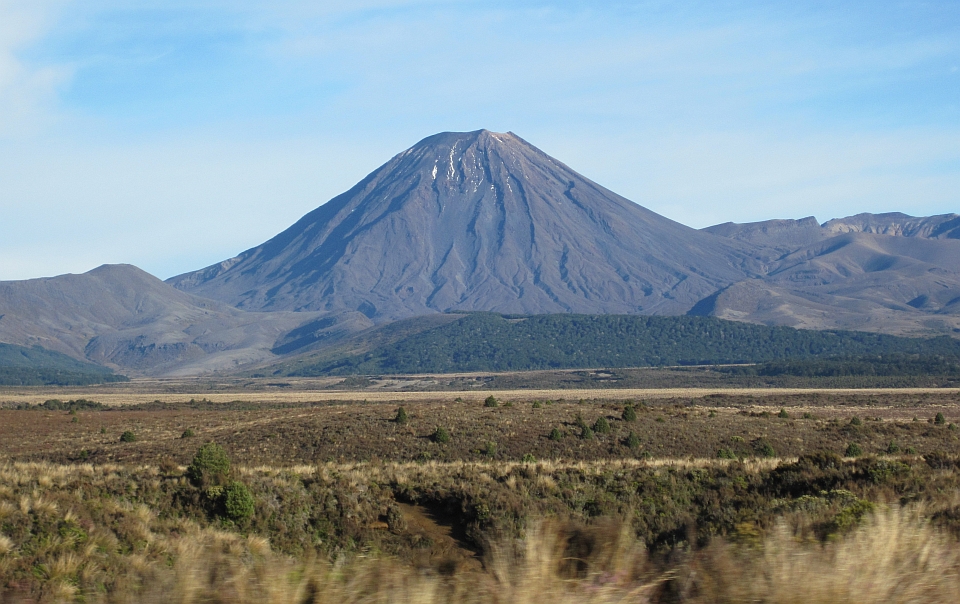
When one tectonic plate sinks down under another one, it heats up and the rocks start to release water. This water then escapes from the sinking plate and rises into the plate above. Part of the plate above then starts to melt and pockets of magma form. The magma may find its way upwards along cracks in the Earth's crust to reach the surface and burst out as a volcanic eruption. The opening at the earth's surface is called a vent.
There are three common volcano types:
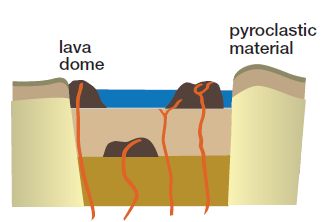 Cone Volcanoes eg Ruapehu and Ngāuruhoe A cone volcano forms when eruptions of lava, ash and other rock build up layers over many years around the vent.
Cone Volcanoes eg Ruapehu and Ngāuruhoe A cone volcano forms when eruptions of lava, ash and other rock build up layers over many years around the vent.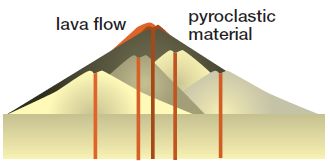
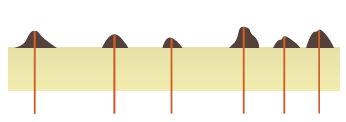
The volcanoes of the central North Island make up the Taupō Volcanic Zone. This is a line of active volcanic cones from Ruapehu in the south to Whakaari White Island in the north.
Unlike the Taupō Volcanic Zone, the volcanoes of Auckland are not on a plate boundary. They have formed in the middle of a plate. The magma comes from the mantle in an area called a hot spot. Scientists don’t know why some areas of the mantle are hot spots. When enough mantle rock at the hotspot has melted, it rises to the surface to form a volcano. There are over 50 volcanoes in the Auckland Volcanic Field, most of these have erupted only once.
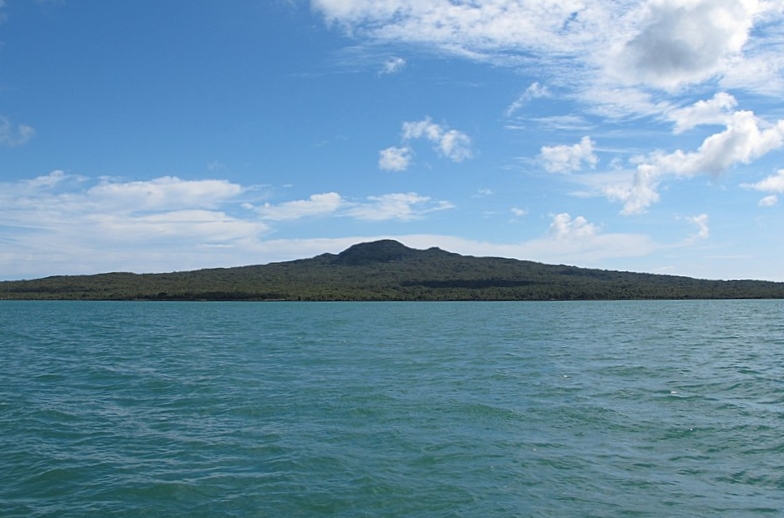
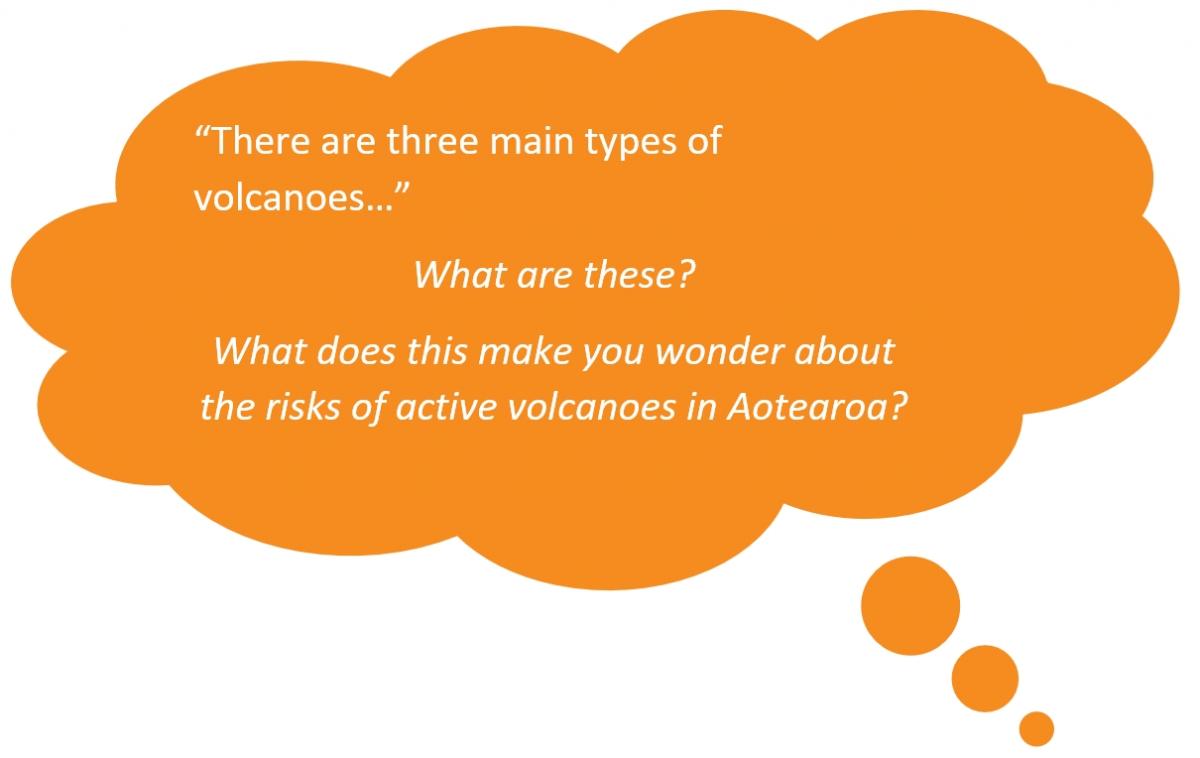 An eruption of magma at the surface of the Earth can be explosive or non-explosive (effusive).
An eruption of magma at the surface of the Earth can be explosive or non-explosive (effusive).
The type of eruption from a volcano depends on a number of things:
Explosive eruptions happen when escaping gases tear the magma apart into pieces, and usually happen when the magma is sticky with lots of gas in it.
Sometimes, magma meets water. When this happens, the eruption can be very explosive.
Non-explosive eruptions happen when liquid magma flows out at the Earth’s surface (lava flows or domes). These eruptions are common when the magma is runny and has less gas in it.
Complete the Volcanoes of Aotearoa quiz
> Discover more about volcanoes and volcanic hazards